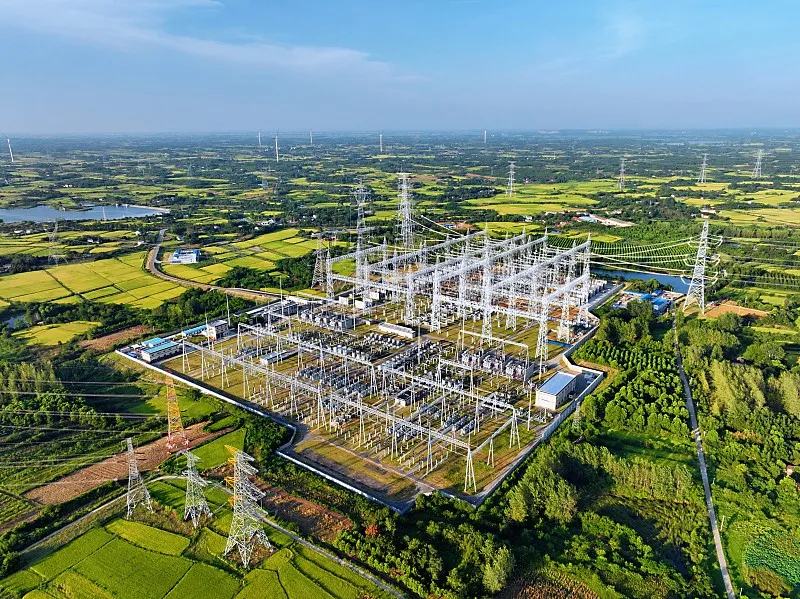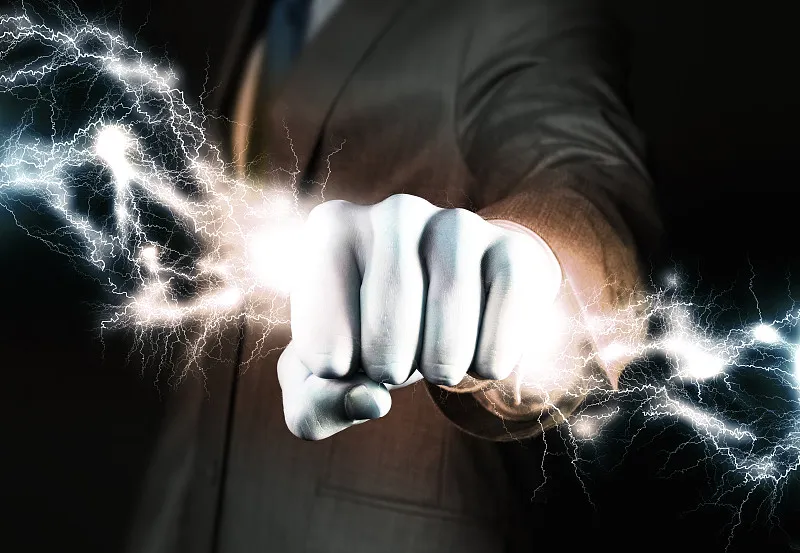Energy-Saving Tips for Gas-Powered Outdoor Heaters
Understanding Energy Efficiency in Gas-Powered Heaters
How Gas Heaters Compare to Propane and Electric Models
When discussing energy efficiency, gas heaters often stand out compared to their electric counterparts. They can achieve efficiency ratings over 90%, as cited by the U.S. Department of Energy, leading to reduced energy costs. This is because gas heaters convert more of their fuel into usable heat, which can be a more cost-effective choice in colder climates. Propane heaters, while typically less efficient than natural gas models, offer unique versatility for outdoor events and camping scenarios. Understanding their fuel cost and heat distribution is essential, as they provide the convenience of portability and uninterrupted operation in remote locations. Moreover, comparative studies have shown that gas heaters generally emit fewer greenhouse gases than electric heaters that source power from coal-based grids, positioning them as a cleaner alternative for environmentally-conscious consumers.
BTU Output vs. Fuel Consumption: Finding the Balance
To select an appropriate gas-powered heater, understanding British Thermal Units (BTUs) is crucial. A typical gas heater outputs between 20,000 to 30,000 BTUs, tailored to meet specific heating requirements without overspending on fuel. This balance between BTU output and fuel efficiency is essential; for example, a heater that's too large for its space will lead to increased operational costs. Notably, data suggests that a well-maintained heater, optimized for its space, can achieve up to 40% fuel savings, as opposed to those poorly matched with their heating demands. Hence, assessing your space and planning the BTU needs carefully ensures a combination of comfort and efficiency without unnecessary fuel expenditure.
The Role of Infrared Technology in Gas Heaters
Infrared technology significantly enhances the efficiency of gas heaters by directly warming objects and people, rather than just the air. This targeted heating approach can realize energy savings of up to 30%, as infrared heaters often require less time and intensity to achieve desired comfort levels. Furthermore, gas infrared heaters tend to have lower emissions compared to traditional heating methods, offering an eco-friendlier option. Practical applications in commercial settings, such as gas pizza ovens and outdoor heating, demonstrate the effectiveness and efficiency of infrared technology. This kind of heating is particularly valued in scenarios where rapid, direct warmth is essential, showcasing its utility beyond traditional household heating solutions.
Optimizing Heater Placement for Maximum Efficiency
Wind Barriers and Strategic Positioning
Maximizing the efficiency of gas heaters largely depends on their placement, particularly in outdoor settings. By utilizing natural wind barriers like landscaping or fencing, one can substantially reduce heat loss. Studies indicate that placing heaters in sheltered areas can enhance heating effectiveness by up to 40%. The ideal positioning should consider prevailing wind patterns and accessibility, ensuring that heat distribution is optimal and fuel usage is economical. Aligning heaters with outdoor seating arrangements ensures that heat is concentrated where needed, reducing unnecessary fuel consumption and enhancing user comfort.
Height Adjustments for Targeted Heat Distribution
Adjusting the height of gas heaters can significantly influence how heat is distributed across a space. Research shows that setting heaters at an optimal height can increase heating reach by 20-30%. It's crucial to adhere to local regulations when adjusting heater height, as this ensures safety and compliance. Utilizing height-adjustable models or stands is beneficial as they can adapt to varied settings, such as a cozy family gathering or a bustling commercial event. This flexibility ensures that heat is efficiently spread in the desired area, maximizing comfort and efficiency.
Avoiding Common Placement Mistakes
Avoiding common placement errors is essential to ensure heater efficiency. One frequent mistake is positioning heaters too far from seating areas, which leads to ineffective heating and energy waste. It's recommended to place heaters within 5-10 feet of users for optimal warmth. Additionally, obstructions like furniture can impede airflow, diminishing heating effectiveness. Regularly assessing heater placement and adjusting based on changes in outdoor layout can significantly enhance energy savings and comfort. These practices help in creating a warm, energy-efficient environment that caters to varying outdoor conditions and user needs.
Maintenance Practices for Fuel Conservation
Cleaning Burners and Gas Lines Regularly
Regular maintenance of heaters, especially cleaning burners and gas lines, is crucial for conserving fuel and ensuring optimal performance. Research indicates that well-maintained appliances can operate up to 10-15% more efficiently than neglected ones. This efficiency gain translates into lower operational costs and reduced fuel consumption. The technical guidelines suggest cleaning these components every six months or more frequently, depending on usage patterns, to prevent buildup that could clog jets and hinder performance. By establishing a maintenance schedule that includes regular cleaning, we can not only extend the lifespan of our heating equipment but also achieve significant savings on fuel and overall costs.
Checking for Leaks and Pressure Issues
Detecting and addressing gas leaks and pressure irregularities can be significant in fuel conservation and safety. Studies suggest that resolving these issues can improve heater efficiency by as much as 20%. Implementing frequent inspections using reliable gas detectors adds an essential safety layer, facilitating early detection and resolution of potential problems. By proactively identifying and fixing leaks, we can maintain a safer environment and ensure that our heaters consume less fuel, thus promoting more sustainable and cost-effective operations.
Seasonal Tune-Ups for Peak Performance
Scheduling routine seasonal tune-ups for heaters ensures they remain in top working condition, directly benefiting fuel efficiency. Evidence shows that regular checks can prevent up to 25% in fuel waste, optimizing energy usage over time. It is advisable to include check-ups of gas lines, igniters, and airflow in these tune-ups to maximize heater performance and safety. Building a relationship with certified technicians for these tune-ups can guarantee adherence to industry safety standards while enhancing the heating process's overall effectiveness. These proactive measures help maintain heaters' reliable performance and fuel conservation through seasonal changes.
Advanced Energy-Saving Techniques
Using Reflectors to Redirect Wasted Heat
Implementing heat reflectors can significantly reduce energy loss by redirecting heat back into the desired area. Research suggests that reflectors can improve heat retention by 25-30%, making them a smart investment for those seeking energy efficiency. When choosing materials, aluminum and other specialized materials are recommended for enhancing the longevity and performance of reflectors. Additionally, buyers should ensure they purchase reflectors compatible with their specific heater models to maximize efficiency.
Implementing Timers for Controlled Usage
Utilizing timers or smart controllers allows for precise regulation of heater operation, potentially reducing fuel consumption by up to 20%. By setting timers according to user schedules, heaters can operate only when required, avoiding unnecessary energy usage during unoccupied times. Integration with home automation systems can further enhance user experience while maximizing energy savings, offering a convenient solution for managing heating schedules efficiently.
Pairing with Windproof Outdoor Layouts
Designing outdoor spaces to minimize wind exposure can notably enhance the efficiency of gas heaters, reducing fuel consumption by as much as 35%. Structures like windbreaks or canopies can create more intimate and thermally efficient environments for users. When planning outdoor layouts, it's essential to consider geographical factors to ensure better heater performance across different seasons, allowing for a more energy-efficient and comfortable outdoor setting.
Safety Considerations While Improving Efficiency
Proper Ventilation Requirements
Ensuring proper ventilation in areas using gas heaters is crucial for both efficiency and safety. Inadequate ventilation can lead to a dangerous buildup of carbon monoxide, which is potentially fatal. According to safety standards, appropriate airflow is necessary to allow combustion while minimizing heat loss. Regularly checking ventilation systems helps maintain optimal operating conditions. This proactive approach not only enhances safety by preventing toxic gas accumulation but also ensures the heater operates efficiently, providing optimal warmth without waste.
Clearance Zones for Combustible Materials
Maintaining clearance zones from combustible materials is essential for safety around gas heaters. Keeping a minimum distance of 3 feet enhances operation safety and ensures compliance with fire codes, thereby preventing accidental fires. This practice also contributes to the heater's efficiency by ensuring heat sources are unobstructed. Incorporating regular reminders and signage in heating areas can foster compliance and promote a culture of safety, making users more cognizant of their environment when using heating appliances.
Monitoring Carbon Monoxide Levels
Using carbon monoxide detectors is essential for safety when utilizing gas heating appliances. Each year, fatalities from CO poisoning are significant, as noted in health statistics, underscoring the importance of these devices. Regular monitoring and timely battery replacement in detectors ensure continuous safety checks against potential CO build-up. Establishing an emergency protocol for detected CO levels not only minimizes health risks but can also save lives, offering peace of mind to those using gas heaters regularly.







